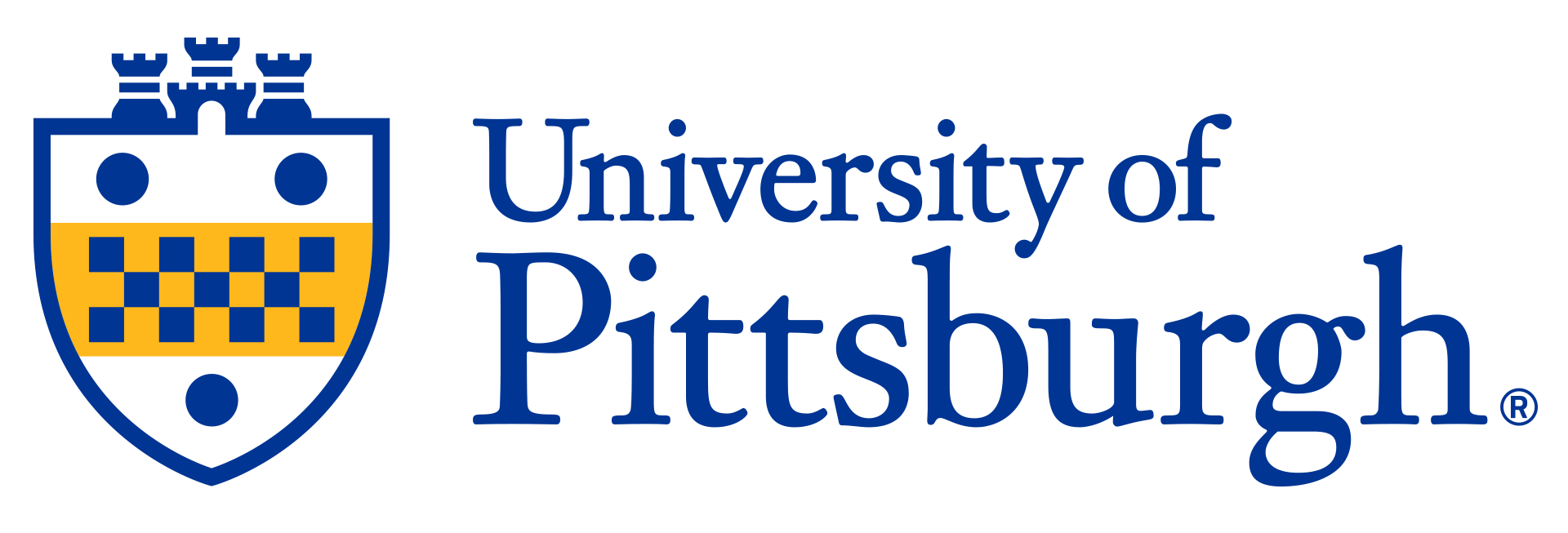

Novel Treatment for Fibrosis
University of Pittsburgh, Tuskegee University and The University of North Carolina (UNC) researchers have developed a cocktail of chemokine peptides, a class of signaling molecules, to reduce fibrosis. This novel therapeutic approach regulates key biological pathways implicated in fibrosis. Unlike many existing treatments which address the symptoms of fibrosis, this treatment strategy targets the underlying causes of the disease. The resulting positive outcomes could include prevention of long-term health complications and a decrease in early mortality.
Description
Fibrosis, the result of excessive extracellular matrix (ECM) deposition, can impact any organ scarred from chronic disease or traumatic injury. Fibrosis can result in painful symptoms, organ failure and mortality. Fibrosing disease contributes to 45% of deaths in the United States. In the body, fibroblasts are the primary producers of ECM, with chemokines playing an influential role in fibroblast-ECM production. Key to this process is the role of transforming growth factor-beta (TGF-) in promoting fibroblast production. This novel treatment, containing either single chemokines or a cocktail of chemokines, can reduce TGF--stimulated fibroblast product and provide hope to many of the millions of people living with fibrosis.Applications
- Organ fibrosis- Myocardial infarction (MI)
- Systemic sclerosis